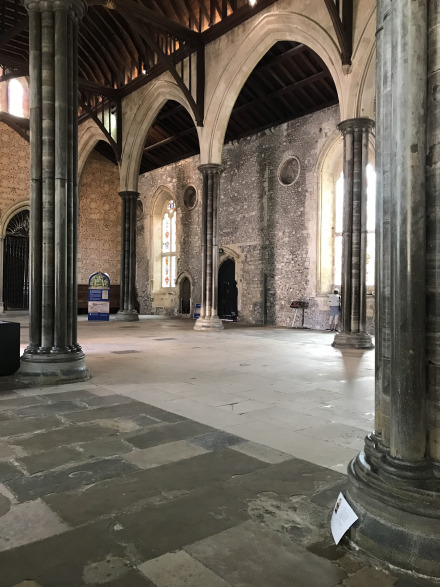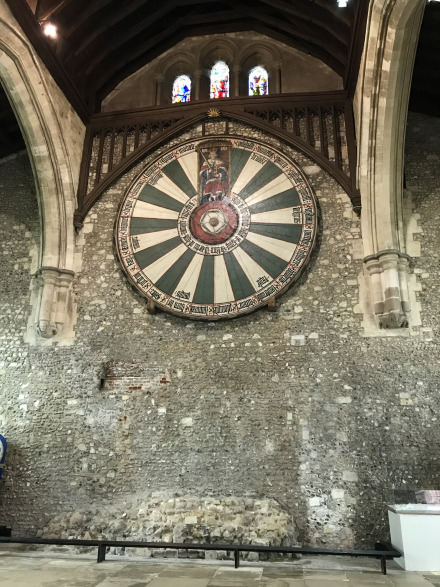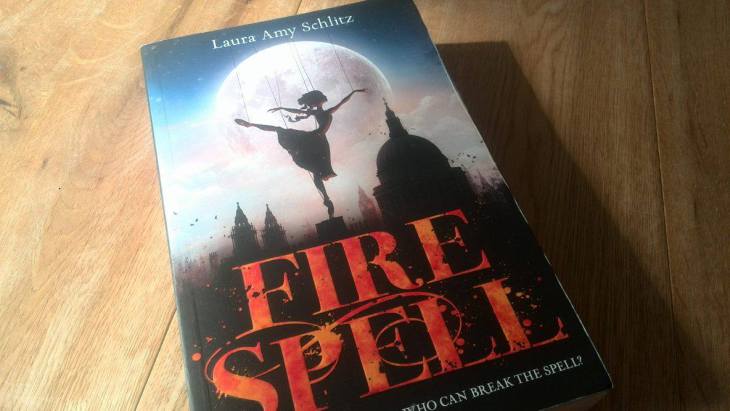
The Great Hall, built in 1235 by Henry III, is the last remaining building from the great Winchester Castle. After his coronation at Westminster Abbey on Christmas Day 1066, William the Conqueror began building the castle. Henry III had a love of architecture and commissioned Elias of Dereham to oversee building of the Hall. Dereham also oversaw the construction of Salisbury Cathedral and is the only commoner to be honored in the stained glass windows.
The Great Hall has been used for many functions: court trials, weddings, and a “round table.” Tournament is Edward I time were called “round tables” where courtiers dressed up from Arthurian legend and participated in jousting and feasting.

On our way to the Great Hall we stopped at Eat, Drink and Be for coffee and breakfast. Yum.
“Edward I believed strongly in the myth of King Arthur. He attended many round table feasts. Edward had the table build within the Great Hall, which may have been for a round table tournament in 1290 to celebrate the arranged marriages of his children.” (The Great Hall Where History and Legend Meet, Hampshire County Council)
Henry VIII first visited Winchester as King in 1516, whereupon he ordered the repair of the Great Hall at Winchester and the Round Table. This is when it was first painted in the design you see on display today.
Winchester Castle was largely destroyed by that spoilsport Oliver Cromwell after 1645. Only the Great Hall remains and it is now the responsibility of the County of Hampshire.
The Great Hall makes the most of its sketchy connection to King Arthur. I’ve seen Excalibur and read a bit about it, but I admit my knowledge has some big blanks, so I was excited to read Rosie Schaap’s New York Times travel article, “King Arthur Slept Here (Maybe).” She asserts that the places to visit if you are interested in an Arthurian pilgrimage are Glastonbury, Tintagel, Totnes and Padstow. Her article then goes on to describe the kind of new age and coven-catering shops you can find almost anywhere in California. None of her experiences relate to King Arthur. Perhaps Avalon is best left to the imagination.






